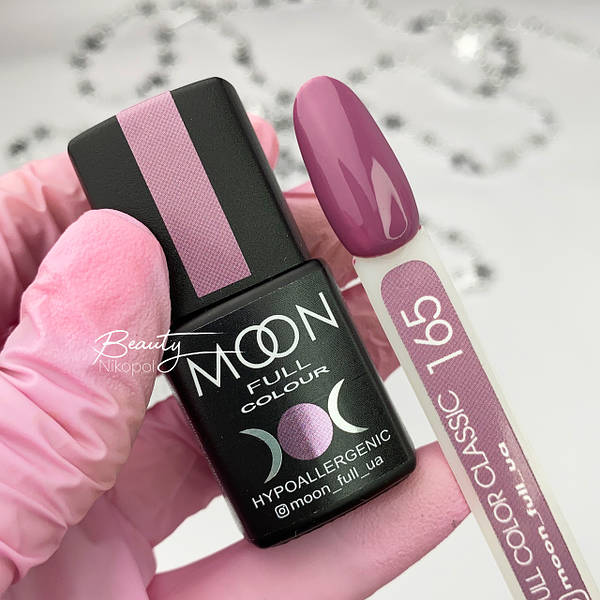
Introduction
The moon has fascinated humanity for centuries, occupying a prominent place in culture, science, and exploration. As Earth’s only natural satellite, its gravitational effect contributes to ocean tides and stabilizes our planet’s axial tilt, which is crucial for climate regulation. Recently, renewed interest in lunar missions has gained traction, driven by both governmental and private entities, marking the moon as a focal point for future exploration and scientific discovery.
The Moon’s Role in Science and Exploration
In recent years, the moon has emerged as an essential area of study and a potential base for future deep space exploration. NASA’s Artemis program aims to land humans back on the lunar surface by 2025, making the moon a base for eventual missions to Mars and beyond. The program is not just about exploration but also seeks to establish a sustainable human presence on the moon.
Countries like China and Russia have also intensified their lunar missions. China’s Chang’e program has successfully landed various spacecraft on the moon, returning samples to Earth and providing valuable data about the moon’s geology and history. In parallel, India’s Chandrayaan missions aim to explore the moon’s south pole region, which is believed to contain water ice crucial for future habitation.
Recent Discoveries
Recent findings have heightened scientific interest in the moon. For instance, recent studies suggest that the moon has volcanic activity that occurred less than 2 billion years ago, indicating that it may be geologically active. Additionally, water ice deposits discovered in permanently shadowed craters provide essential clues about the moon’s potential for supporting future human life.
Conclusion
The moon continues to captivate both the popular imagination and the scientific community. As various nations ramp up their lunar missions, the significance of the moon extends beyond mere exploration; it represents a potential stepping stone for humanity’s future in space. The knowledge gained from current and future lunar missions will not only enhance our understanding of celestial bodies but could also lead to significant advancements in technology and space travel. For those interested in space and science, the moon stands as a beacon of possibility, illuminating the path toward humanity’s exploratory destiny.



